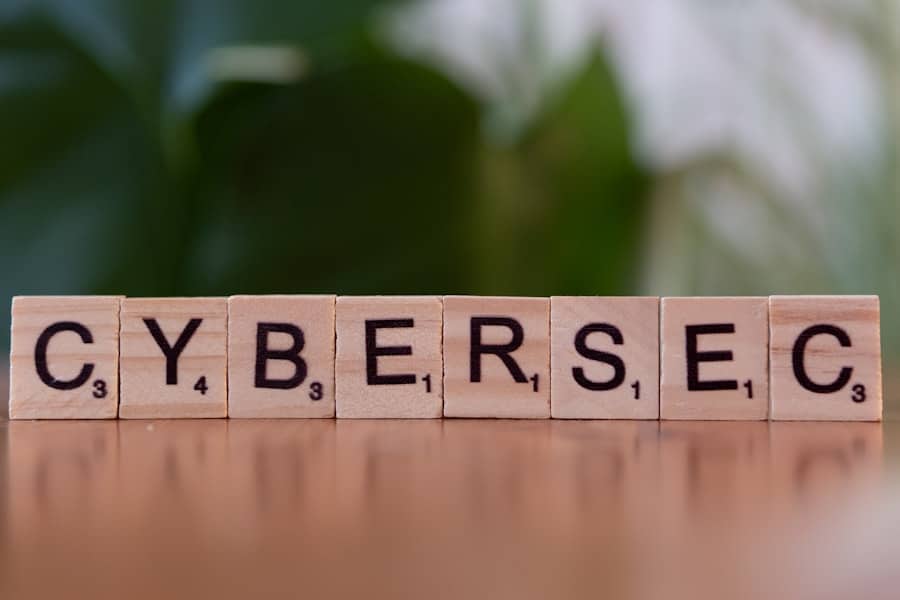In an increasingly digital world, the threat landscape for organizations has evolved dramatically, making cyber crisis response a critical component of modern business strategy. Cyber incidents, ranging from data breaches to ransomware attacks, can have devastating effects on an organization’s reputation, financial stability, and operational continuity. As such, the ability to respond effectively to these crises is paramount.
Cyber crisis response encompasses a range of activities designed to mitigate the impact of a cyber incident, including preparation, detection, containment, eradication, recovery, and post-incident analysis. Organizations that excel in this area not only protect their assets but also enhance their resilience against future threats. The importance of a well-structured cyber crisis response plan cannot be overstated.
A robust response strategy enables organizations to act swiftly and decisively when faced with a cyber threat, minimizing damage and restoring normal operations as quickly as possible. This article will explore various companies that have navigated cyber crises with varying degrees of success, highlighting their strategies, lessons learned, best practices, and the essential components that contribute to effective crisis management. By examining these real-world examples, organizations can glean valuable insights into how to bolster their own cyber crisis response capabilities.
Key Takeaways
- Cyber crisis response is crucial for organizations to effectively manage and mitigate the impact of cyber incidents.
- Company A’s successful cyber crisis response strategies include proactive threat intelligence, rapid incident response, and effective communication with stakeholders.
- Company B learned the importance of having a well-defined incident response plan, regular training and testing, and clear communication during a cyber crisis.
- Best practices for cyber crisis response, as demonstrated by Company C, include having a dedicated response team, leveraging external expertise, and conducting post-incident analysis for continuous improvement.
- Key components of effective cyber crisis response, exemplified by Company D, involve having a robust incident response plan, clear roles and responsibilities, and a coordinated response across the organization.
Company A: Successful Cyber Crisis Response Strategies
Company A, a leading financial institution, faced a significant cyber incident when it discovered unauthorized access to its customer database. The breach had the potential to compromise sensitive customer information, including social security numbers and financial details. Recognizing the gravity of the situation, Company A activated its cyber crisis response plan immediately.
The first step involved assembling a cross-functional incident response team that included IT security experts, legal advisors, public relations professionals, and senior management. This diverse team ensured that all aspects of the crisis were addressed comprehensively. One of the key strategies employed by Company A was transparent communication with stakeholders.
The organization promptly informed affected customers about the breach, detailing the nature of the incident and the steps being taken to mitigate its impact. This proactive approach not only helped to maintain customer trust but also positioned the company as a responsible entity in the eyes of regulators and the public. Additionally, Company A invested in advanced threat detection technologies post-incident, which allowed for real-time monitoring and quicker identification of potential threats in the future.
This commitment to continuous improvement in cybersecurity practices has fortified the organization’s defenses against future incidents.
Company B: Lessons Learned from Cyber Crisis Response

In contrast to Company A’s success story, Company B experienced a severe cyber attack that resulted in a significant data breach affecting millions of customers. The organization’s initial response was hampered by a lack of preparedness; their incident response plan was outdated and did not account for the evolving nature of cyber threats. As a result, the company struggled to contain the breach effectively, leading to prolonged exposure of sensitive data and significant reputational damage.
The lessons learned from Company B’s experience are invaluable for other organizations. First and foremost, it highlighted the necessity of regularly updating and testing incident response plans to ensure they remain relevant in an ever-changing threat landscape. Furthermore, Company B recognized the importance of conducting regular training exercises for employees at all levels.
Ultimately, Company B’s experience serves as a cautionary tale about the consequences of complacency in cybersecurity preparedness.
Company C: Best Practices for Cyber Crisis Response
Company C is renowned for its exemplary cyber crisis response practices that have set industry standards. When faced with a ransomware attack that encrypted critical data across its systems, Company C’s response was swift and methodical. The organization had established a comprehensive incident response framework that included predefined roles and responsibilities for team members, ensuring that everyone knew their tasks during a crisis.
One best practice that emerged from Company C’s response was the importance of maintaining regular backups of critical data. The company had implemented a robust backup strategy that allowed it to restore systems without succumbing to the attackers’ demands for ransom. This proactive measure not only minimized downtime but also demonstrated to stakeholders that the organization had taken steps to safeguard its data integrity.
Additionally, Company C emphasized the significance of post-incident reviews to analyze what went well and what could be improved. By documenting these insights and integrating them into future planning, Company C has continually enhanced its resilience against cyber threats.
Company D: Key Components of Effective Cyber Crisis Response
Effective cyber crisis response hinges on several key components that organizations must prioritize to navigate incidents successfully. Company D exemplifies this through its structured approach to crisis management. One critical component is the establishment of an incident response team (IRT) that is well-trained and equipped to handle various types of cyber incidents.
This team should include members from IT security, legal, communications, and executive leadership to ensure a holistic response. Another essential element is the development of clear communication protocols both internally and externally. Company D has implemented a communication strategy that includes timely updates to employees about ongoing incidents and transparent disclosures to customers and stakeholders regarding potential impacts.
This level of transparency fosters trust and demonstrates accountability during challenging times. Furthermore, regular simulations and tabletop exercises are conducted to test the effectiveness of the incident response plan and refine processes based on real-world scenarios. By focusing on these key components, Company D has built a resilient framework capable of addressing cyber crises effectively.
Company E: The Role of Leadership in Cyber Crisis Response

Leadership plays a pivotal role in shaping an organization’s approach to cyber crisis response. Company E’s experience underscores how effective leadership can influence outcomes during a cyber incident. When faced with a significant breach that threatened customer data security, the CEO took charge by communicating directly with employees and stakeholders about the situation.
This level of engagement from top leadership not only reassured employees but also reinforced the importance of cybersecurity across the organization. Moreover, leadership at Company E prioritized investment in cybersecurity resources and training programs following the incident. By allocating budgetary resources toward enhancing security measures and fostering a culture of vigilance among employees, leadership demonstrated a commitment to long-term resilience against cyber threats.
This proactive stance not only mitigated immediate risks but also positioned the organization as an industry leader in cybersecurity practices. The involvement of leadership in crisis response is crucial; it sets the tone for organizational priorities and influences how effectively teams respond during high-pressure situations.
Company F: Building Resilience in Cyber Crisis Response
Building resilience in cyber crisis response is essential for organizations aiming to withstand and recover from cyber incidents effectively. Company F has adopted a multifaceted approach to enhance its resilience against potential threats. One key strategy involves investing in advanced cybersecurity technologies such as artificial intelligence (AI) and machine learning (ML) for threat detection and response automation.
These technologies enable real-time monitoring of network activity and can identify anomalies indicative of potential breaches before they escalate into full-blown crises. In addition to technological investments, Company F emphasizes the importance of fostering a culture of resilience among its workforce. Regular training sessions are conducted to educate employees about recognizing phishing attempts and other social engineering tactics that could compromise security.
By empowering employees with knowledge and skills, Company F creates a workforce that is not only aware of potential threats but also actively engaged in safeguarding organizational assets. This holistic approach—combining technology with human awareness—has significantly bolstered Company F’s ability to respond effectively to cyber crises while minimizing disruption.
Key Takeaways from Companies That Excelled in Cyber Crisis Response
The experiences of various companies navigating cyber crises reveal critical insights into effective crisis management strategies. Organizations must prioritize preparedness by regularly updating incident response plans and conducting training exercises to ensure all employees understand their roles during a crisis. Transparent communication with stakeholders is essential for maintaining trust and accountability during challenging times.
Investing in advanced technologies can enhance threat detection capabilities while fostering a culture of cybersecurity awareness among employees strengthens overall resilience against potential attacks. Leadership involvement is crucial; it sets organizational priorities and influences how effectively teams respond under pressure. By learning from both successes and failures in cyber crisis response, organizations can develop robust strategies that not only protect their assets but also position them as leaders in cybersecurity practices within their respective industries.
In the realm of cybersecurity, companies that excel in crisis response often set the benchmark for others to follow. A related article that delves into the broader technology landscape, including cybersecurity, can be found on ENI Comp’s website. This article, titled “An Original Home for Technology News and Reviews,” provides insights into the latest trends and developments in the tech industry, which are crucial for understanding the context in which these companies operate. For more information, you can read the full article by following this


